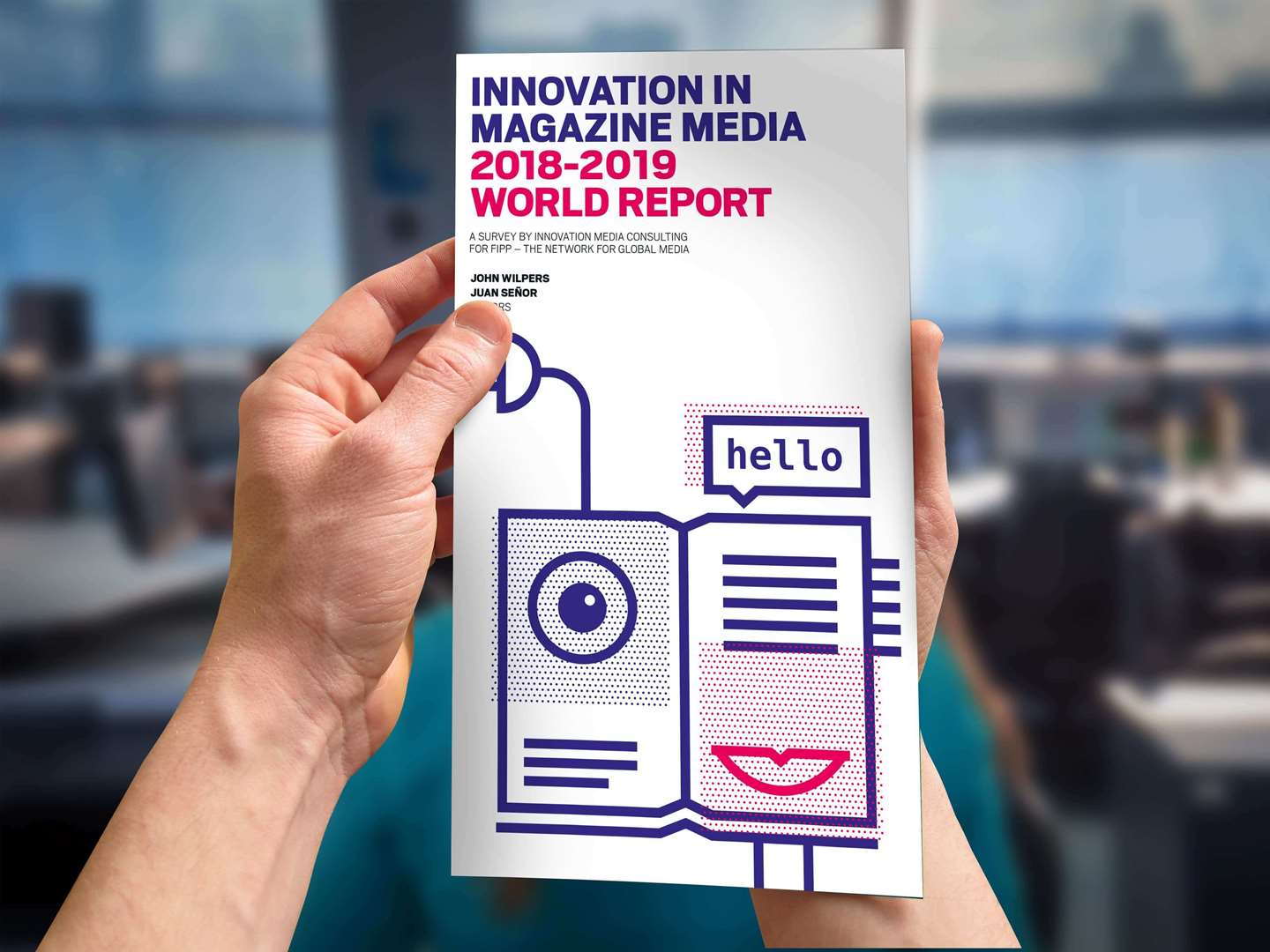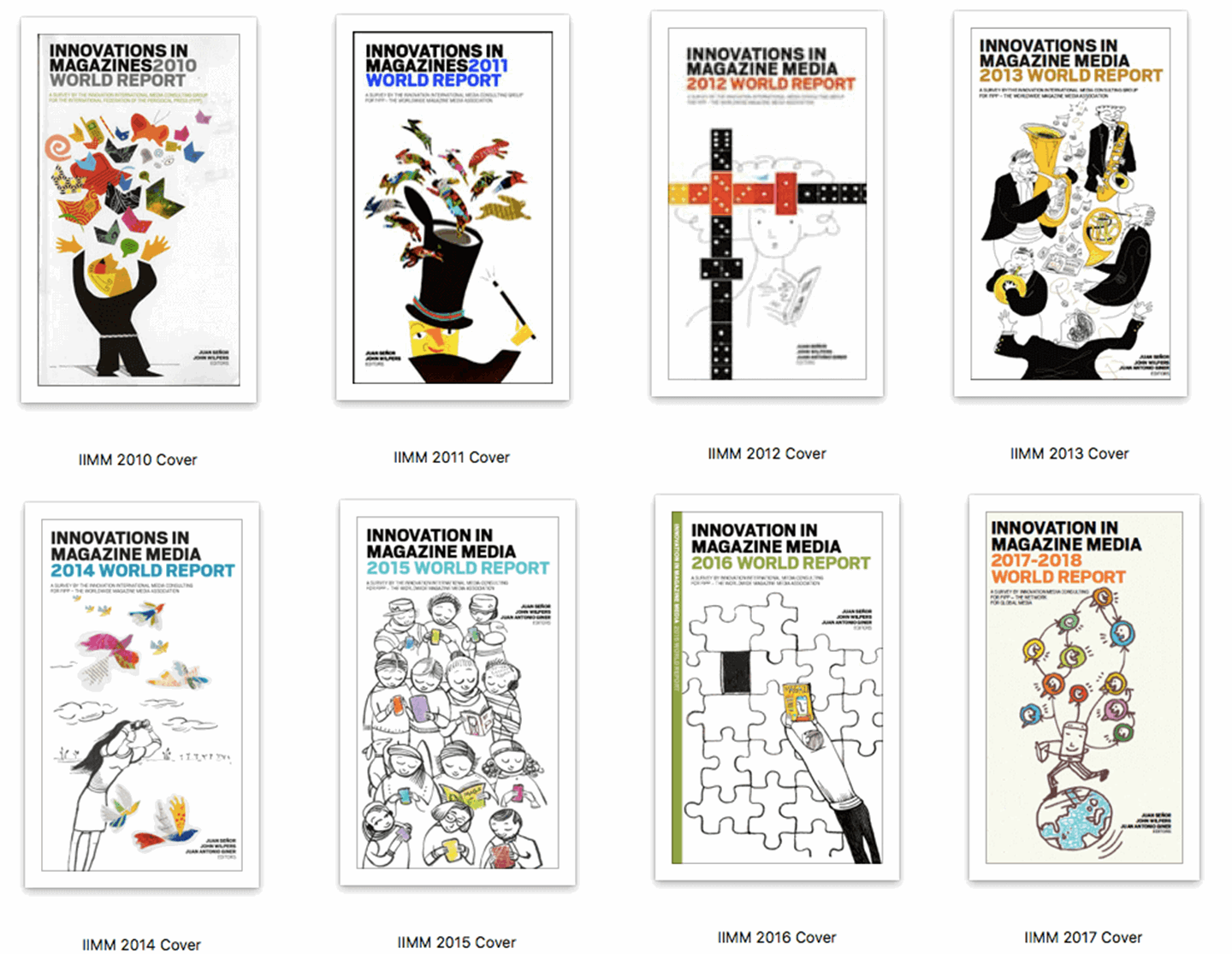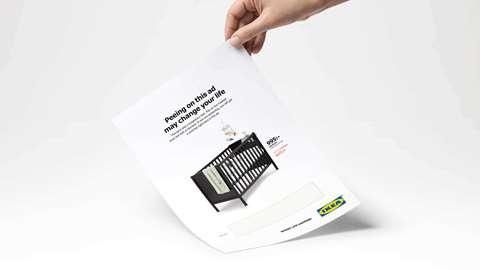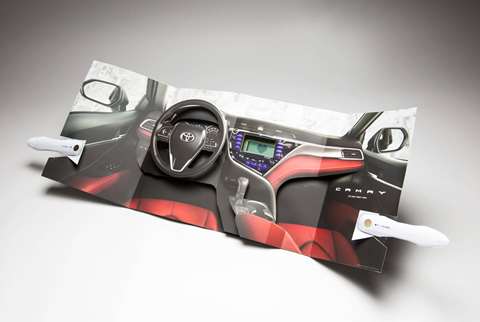The power of print at a glance
- Print 2.0 is about delivering exclusive content and a premium experience to more targeted audiences
- Millennials are reading plenty of print media – as an antidote to digital overload
- People are willing to pay a premium for quality – and for trustworthiness
“Doomsday predictors dominated the future-of-the-industry discussions [around print] over the last decade or so, with statistics documenting the undeniable structural change in publishing,” says the FIPP Innovation in Magazine Media 2018-2019 World Report.
“But what escaped the notice of the doomsday disciples,” it continues, “was a hidden but healthy substrate of print publishers who had managed to actually thrive in what was otherwise a print Armageddon.”
The old print media business model “was brutally treated”, confirms John Wilpers, author of the report and senior director at INNOVATION Media Consulting, in a recent interview with Print Power. “But the ravaging trimmed the blubber that once passed for meaningful reach.”
More exclusive, more targeted… Print 2.0
In its place is a meaner, leaner Print 2.0 – “obsessed with delivering exclusive content and a premium experience to smaller, select, lucrative… audiences”.
And that includes a younger demographic of digital natives that many critics claim just aren’t interested in physical media. According to the report, millennials – at least in the US – are reading print. And lots of it.
They’re opting in to the print edition of The New Yorker at a rate 10% higher than older demographics, while new subscribers to The Atlantic in the 18- to 24-year-old age bracket have jumped 130% since November 2016. Student sign-ups to receive The Wall Street Journal have also doubled in the past year.
Why is Gen Y backing this print media revival? So-called ‘new print’, Wilpers argues, has coincided with a growing desire to switch off from digital – with the print experience now seen as an antidote to our screen lives. It offers cut-through in a noisier, more uncertain social media news environment.
His report goes further, suggesting that “brands and agencies are even beginning to doubt just how well digital advertising works and whether they might have been spending too much for too little return online, while shortchanging other media in the process”.





